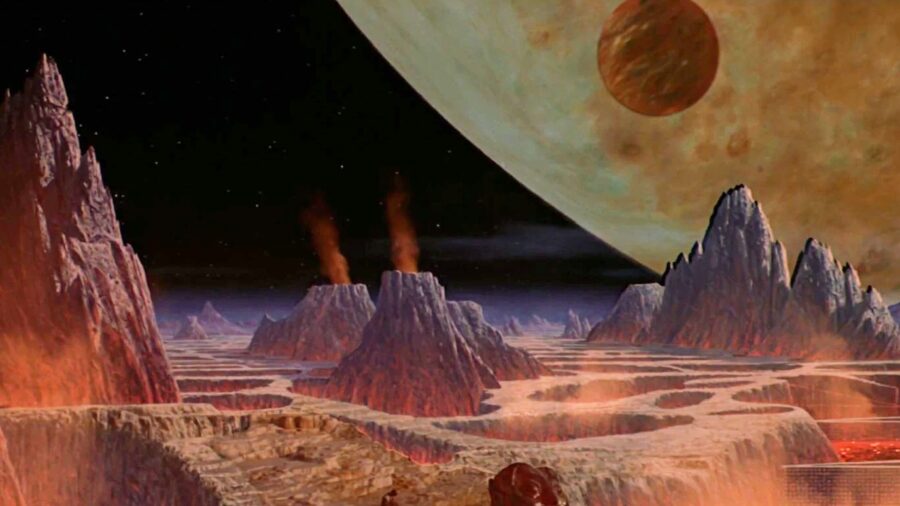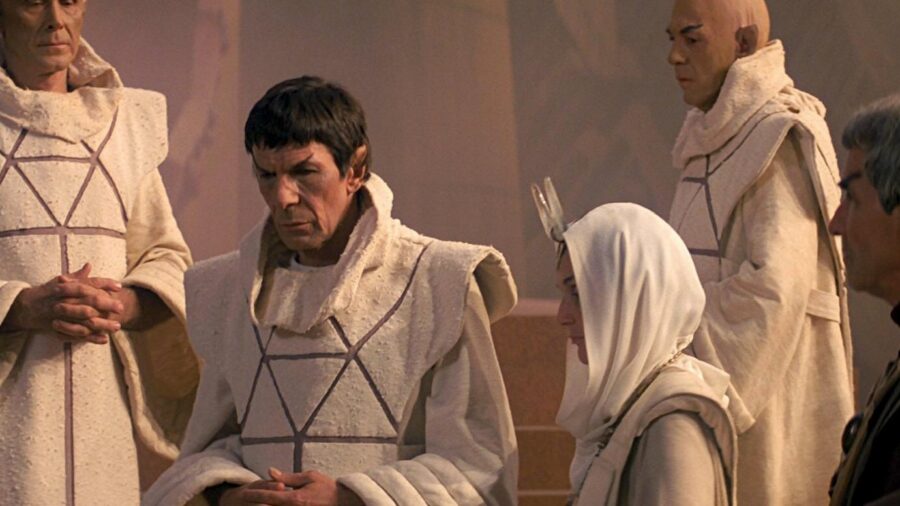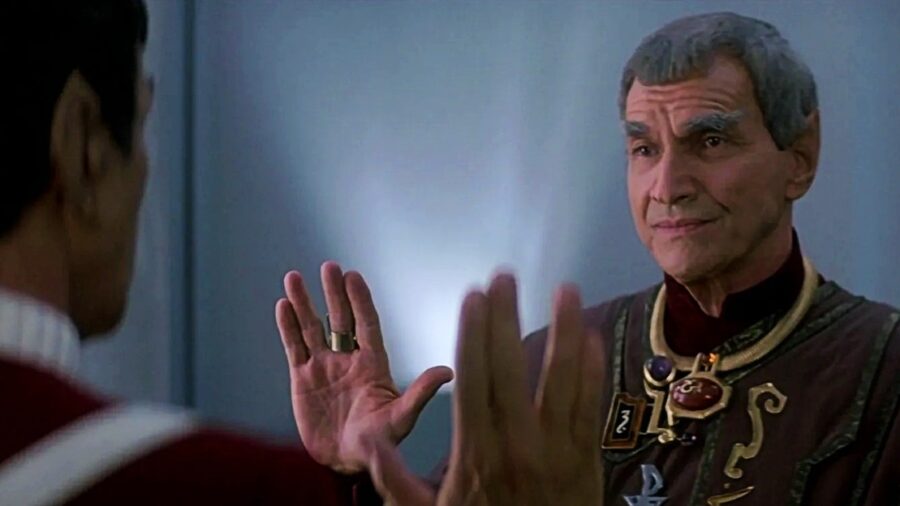Real Planet Vulcan Revealed As An Illusion

Sorry, Star Trek fans, but in a noteworthy twist worthy of sci-fi, new research has flatly debunked the hoped-for and exciting, yet unproven, existence of planet Vulcan. As any Trekkie worth their salt knows, Mr. Spock’s planet would and should orbit 40 Eridani A. But a signal previously thought to imply the presence of Vulcan in that same cosmic region has instead, sadly, been attributed to surface activity by 40 Eridani A, the nearby star. The study—disappointing Trekkies the world over—was published in The Astronomical Journal.
The Initial Discovery

Of course, considerable excitement and attention surrounded the potential detection of a planet orbiting the star made famous by Star Trek. While the discovery, sparking hopes of the incredible find, was made in 2018, doubts about the planet’s existence soon inevitably emerged.
Fast-forward to the recent past, when extremely precise measurements employed by a NASA-NSF instrument perched atop Kitt Peak in Arizona definitively returned the sad news: planet Vulcan remains a fictional concept, at least for now.
Nonetheless, the story behind how the legendary Star Trek planet was thought to exist and then clarified as nonexistent is fascinating in its own right—at least in terms of the science involved.
Looking For Exoplanets

Generally, two main methods govern the search for exoplanets, whether they are sci-fi staples like Spock’s or something less exciting: the transit method and the radial velocity method.
The former is responsible for the lion’s share of detections and comprises watching for tiny dips in starlight as a planet crosses its star face—that is, the sphere, such as a potential planet Vulcan, is implied by its impact on starlight in transit.
The radial velocity method, however, searches for subtle shifts in starlight, measuring the “wobbles” in the Sun resulting from the gravitational pull of an orbiting planet.
This latter method, however minimally drawn on, is of notable importance for systems in which planets fail to span their stars’ faces, at least from our perspective on Earth.
It Made Sense At The Time

You have to admire their coolheaded faith in the scientific method, because even the scientists who initially happened upon planet HD 26965 b, as it was dubbed at the time—an interstellar body likened almost instantaneously to the fictional planet Vulcan—voiced caution.
They advised that the detection could merely be stellar jitters masquerading as something else.
While it proved unfounded, their evidence circa 2018 suggested a planet orbiting its star, much like our Sun, every 42 days, in other words, a super-Earth, as they’re sometimes referred to. Both the star and alleged planet appeared nearly 16 light-years from light-years from our Pale Blue Dot.
New Technology

Regardless, the high-precision radial velocity measurements have proved the experts were right to be cautious.
It’s not all gloom and doom; at least Trekkies can take heart that the new findings, whether they rob 40 Eridani A of its possible planet Vulcan or not, indicate that highly precise radial velocity measurements represent promise for future discoveries.
Indeed, the advancement of this technology equips us with sharper distinctions between real plants and the non-planetary surface activity of incredibly distant suns.
Maybe Nero Did It?

No Trekkie would forgive me if I didn’t mention that, correlating with the absence of Vulcan in the recent data, a similar destruction of the planet was also anticipated in the Star Trek universe.
In the 2009 film Star Trek, the Romulan baddie Nero destroyed planet Vulcan with an artificial black hole.
So maybe that has something to do with the recent scientific findings.












